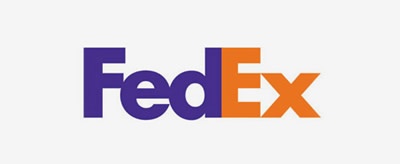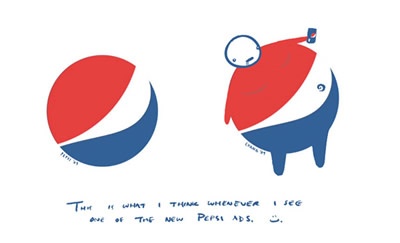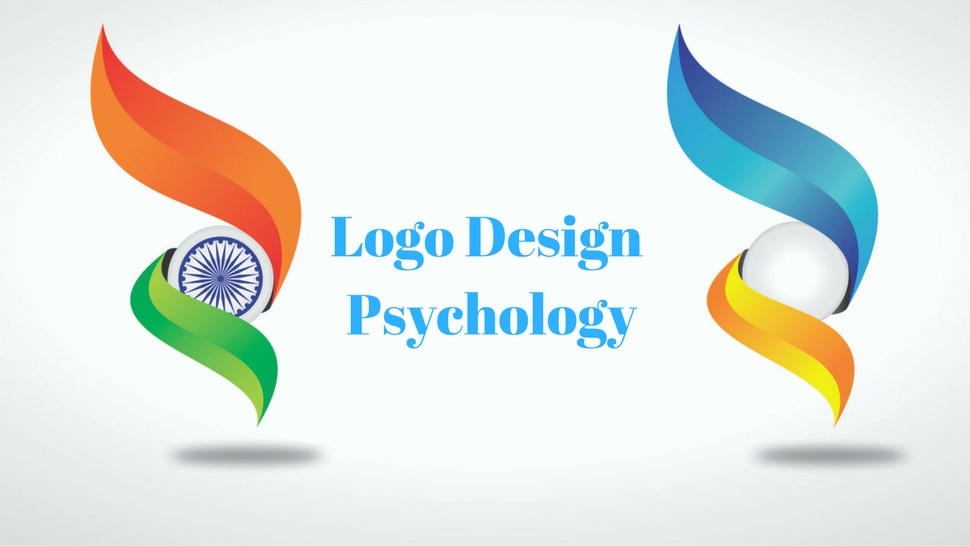It's usually associated with color choices, but it's actually much more than that.
While "logo design" refers only to the activity of creating a logo, the term "logo" refers to each symbol that has the recognition function.
The term logo comes from the Greek word "logos", which is in the literal translation "word".

While designing a logo, keep in mind that you are actually designing a visual word by which people will identify the company for which the logo is intended.
People will interpret and communicate with your logo in the same way as with words: from their perspective, which is guided by personal perception and experience. If people interpret the same word differently, they will also interpret your logo differently.
What you need to do is to think of each part of the logo as if it were an attribute that explains and interprets the concept and how people might potentially understand it.
The more time you spend working on the meaning of these attributes, you will have more control over the observer of your logo.
THE ROLE OF COLORS
The role of color in logo design psychology is often misunderstood, usually by clients, but not without reason. Everywhere on the Internet there are various articles about the psychology of colors that are not written by professionals.
The right color selection for the logo will take you one step further in instructing the observer to understand your logo as you interpret it.
Selecting one color in the design also gives you more control over what people see in your logo and can be used as a branding strategy. Over time, people begin to merge a certain color with your brand, as in the example:

THE ROLE OF THE SHAPE
From a psychological perspective, the shape is the most important. The human brain is programmed to understand and remember the shapes.
We usually break the typography from the sign, but if we think a bit better, the letter is nothing but a form that we associate with meaning and sound.
While designing a logo, work in the shape of each letter separately and try to make the meaning as meaning as possible. Such an approach in the main results in a good, memorable logo.
GOOD, BAD AND UGLY LOGO
Good:

This is one of the best examples of the psychology logo.
Lindon Leader knew exactly what he was doing all the time while designing the FedEx logo and he managed to create a unique and functional design.
In most cases, designers are guilty because while designing they are thinking only of aesthetics. Such logos usually end up relatively quickly in a new graphics studio and are redesigned by new designers who are doing the same thing in a different way and thus in a circle.
Bad:

Very interesting case. Pepsi paid $ 1 million for this logo.
Ugly:

According to Ohio State University, a man thought of sex 20 times during the day. With this in mind, any potential chance of misinterpretation will result in a poor interpretation of the logo.
One example of applying psychology to a logo design is the Twitter logo. A newer version is simplified, processed. The bird is now proud, dignified, has a good future.

There is no exit. As they watch, feel, communicate with the logo, they get a new meaning.
Psychology in logo design is most prominent in designing a logo for a young audience.
How to design logos for companies, products, and services that are designed for children, we need to maintain a certain level of integrity, to avoid already-used techniques of manipulation.
The correct choice of color, typography, the sign can easily become a very demanding aesthetic exercise.
When this is overcome, when you start thinking about the psychology that the design concept carries, the result is nothing less than a perfectly designed logo.
Follow me on Twitter - @SrdjanKali.




Share the News